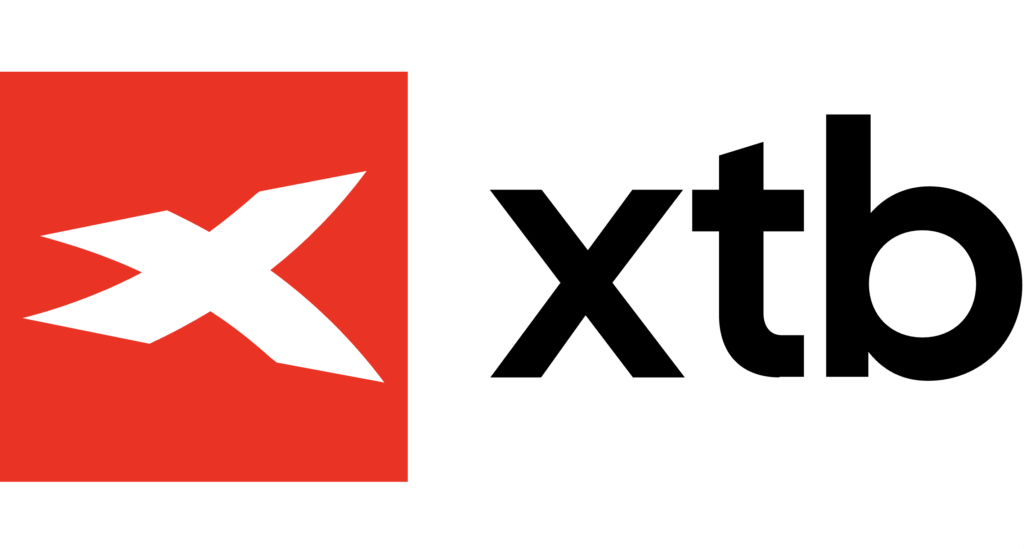Solana has published its roadmap for the coming years and months. The blockchain sees itself in direct competition with financial giants such as NASDAQ or JPMorgan. The aim is to displace the established players through a series of developments. In the future, SOL is expected to become more adaptable and resistant to manipulation.
CFDs and real stocks in a trading platform with free deposits and no conditions - that's XTB.
Solana Roadmap Published until 2027: this is What to Expect from SOL
Solana has published a roadmap for the coming months and years. The strategy paper describes technical developments that are planned to take place by 2027. As a result, the Solana blockchain is expected to grow into the backbone of the Internet’s capital markets.
According to the developers’ assessment, Solana already offers sufficient scalability today. Work on latency and bandwidth has been largely completed with the current throughput of theoretically 65,000 transactions per second.
In the future, the ecosystem should therefore primarily address one task: adapting to market microstructures. In other words, Solana should become more adaptable – specifically to tasks that define individual applications. At the end of the roadmap, the operators of dApps could therefore define the rules according to which transactions that interact with their protocols are processed.
Solana is likely to become less susceptible to manipulative processes as a result of these changes – such as sandwich attacks or low-profit MEV extractions.
Internet capital markets are an expression of the Solana community. It was defined as a distant goal of the blockchain. The network is eventually expected to displace huge players in the traditional financial industry – exchanges such as the NYSE or NASDAQ, but also banks such as JPMorgan Chase & Co.
Last but not least, the string-pullers are planning a democratization of the capital markets. In the future, they want to offer all people access to the capital markets of the Internet, provided they have an Internet connection.
You are currently seeing a placeholder content of X. To access the actual content, click on the button below. Please note that data will be passed on to third-party providers.
Solana Developers Announce Significant Technical Improvements
Many significant technical improvements are intended to form the basis for Solana’s future role. In addition to Solana founder Anatoly Yakovenko, other developers also participated in the drafting of the roadmap – Max Resnick from Anza, Lucas Bruder from Jito Labs, Austin Federa from DoubleZero, Chris Heaney from Drift and Kyle Samani from Multicoin Capital.
They all work on the Solana ecosystem. A number of projects are scheduled to be released in the short to medium term. Improvements to Transaction Landing and Block Assembly Marketplace (BAM for short) are scheduled to be introduced over the next one to three months.
BAM changes block creation. Confidential operations allow preventive protection against sandwich attacks. The improved Transaction Landing is designed to make Solana more reliable and controlled. It will then be easier for users to predict in which slot a transaction will land. Slots are a unit of time used by Solana.
In the medium term – i.e. over the next three to nine months – three further projects will follow: DoubleZero (DZ), Alpenglow and Asynchronous Program Execution (APE).
DoubleZero is designed to filter spam from the blockchain, thereby increasing its beneficial throughput. Alpenglow changes the consensus mechanism so that the network’s validators can reach a common consensus more quickly in the future. This project is also expected to have a positive impact on the throughput and reliability of the blockchain.
In the past, Solana had immense stability problems, which the network has been getting better and better under control to this day. Solana crashes were often related to problems with the blockchain consensus.
APE is the third improvement that is scheduled to take place in the medium term. As the name “asynchronous program execution” suggests, the processing of smart contracts no longer has to be strictly sequential thanks to it, which allows for faster, more efficient execution of smart contracts.
This Project is Particularly Important for SOL Right Now
In the long term, Solana is likely to introduce the most important changes. One concept in particular should then play a decisive role – the Protocol-Enforced Application Controlled Execution (ACE for short).
ACE allows the Solana protocol level to comply with definitions that set out the rules according to which transactions are processed. The operators of dApps are responsible for creating these rules.
This concept is of crucial importance for adapting to market microstructures. Through general rules for the processing of transactions, the operators of dApps can in principle prevent sandwich attacks.
The Multiple Concurrent Leaders (MCL) concept is also planned for introduction in the long term. Block creation will then no longer take place strictly at the request of a validator, the so-called leader. Instead, different leaders can present different blocks, so that the network can choose between different proposals.
MCL also wants to prevent manipulation in this way – especially with regard to MEV transactions. This benefits users. Block creation is fairer and cheaper.
The introduction of long-term planned projects is expected to take place in 2027.




